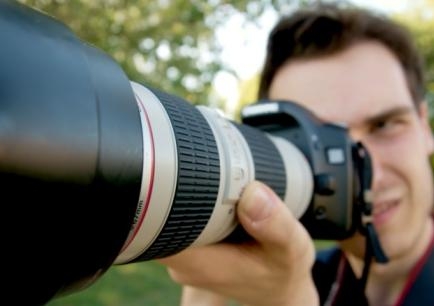We need press photographers to record the first draft of history
Australian press photographers help record Australian history. So what are we to make of Fairfax's decision to sack its staff photographers and instead source photos from a digital database in the US, asks Phillip George.


